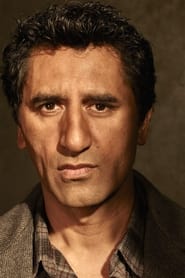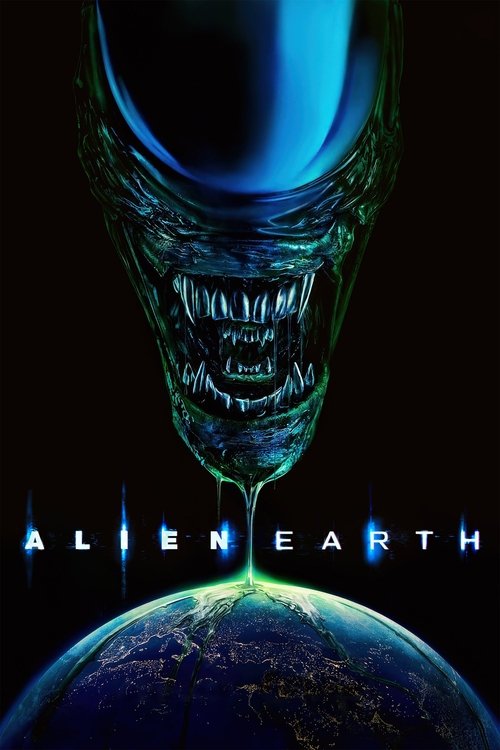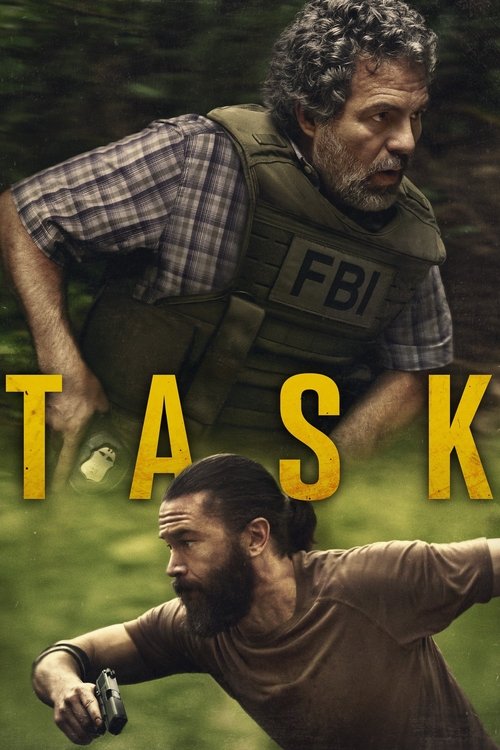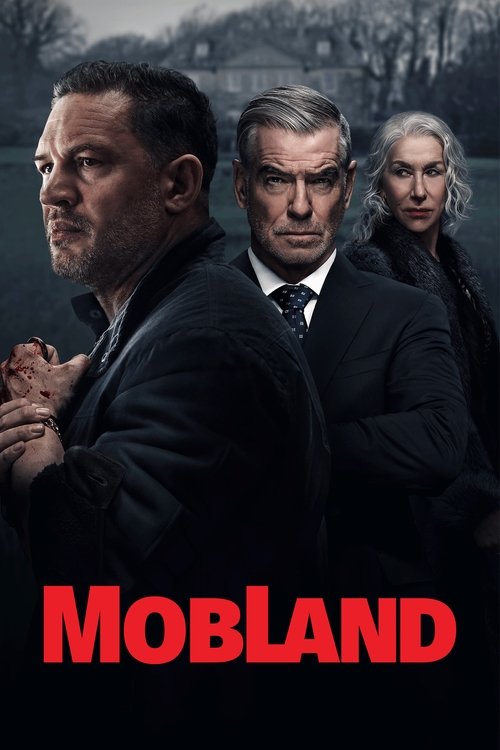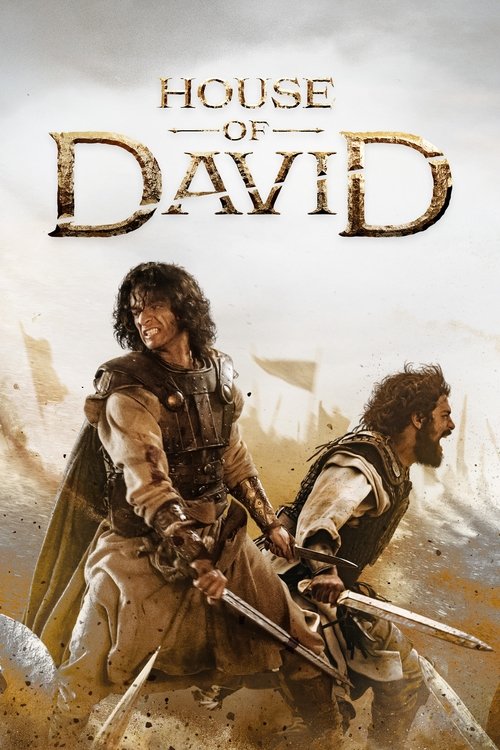
Ask Your Own Question
What is the plot?
The episode opens with Ka'iana, a Maui war chief, living a peaceful life on the island of Kaua'i with his two brothers, Nahi' and Namake, and their partners, Kupuohi and Heke. The setting is tranquil, with scenes showing plant-based architecture, local children playfully interacting with Ka'iana, and a general sense of calm that contrasts with his past as a warrior. Ka'iana has deserted the Maui army and seeks to avoid further conflict, embodying a man trying to escape his violent past.
Ka'iana's peaceful existence is interrupted when he encounters Kaʻahumanu, a young woman from Maui who is hiding in a cave to avoid her father, a councilor intent on sending her to Hawai'i to marry Kamehameha. Kaʻahumanu tells Ka'iana that he is a "chief of contradictions" because he is a war chief who runs from war. This meeting introduces the tension between Ka'iana's desire for peace and the unavoidable return of conflict.
The narrative then shifts to the broader political landscape of the Hawaiian islands. King Kahekili of Maui is portrayed as a ruthless and bloodthirsty ruler, intent on uniting the islands under his dominion through war. Ka'iana, once a trusted war leader under Kahekili, has become disillusioned with the king's violent ambitions. This disillusionment leads to Ka'iana's defection from Maui's army.
Ka'iana's defection is a pivotal moment. He chooses to join the defenders of O'ahu, led by his cousin Kalanikūpule, opposing King Kamehameha's campaign to unify the islands. This decision places Ka'iana in direct conflict with his former allies and marks him as a traitor in the eyes of King Kahekili and Kamehameha's forces.
As Ka'iana aligns with O'ahu, the episode depicts the mounting tensions and preparations for war. Ka'iana is excluded from key war councils by Kamehameha, signaling distrust and foreshadowing danger to his life. Despite this, Ka'iana remains committed to his new cause, aware that his position is precarious.
The episode culminates in the early stages of the Battle of Nu'uanu. Ka'iana fights fiercely alongside O'ahu's warriors near a stone wall close to what is now Queen Emma's Summer Palace. The battle is brutal and chaotic, with detailed scenes of combat showing the precision of Kapu Ku'ialua martial arts and the ferocity of the warriors. Ka'iana is ultimately wounded and killed in this confrontation, along with hundreds of his men.
Throughout the episode, the presence of European sailors and their ambitions is hinted at, adding another layer of complexity to the island conflicts. The possession of the "god of war," a military good-luck charm, emerges as a significant element influencing the power struggles.
The episode closes with the aftermath of Ka'iana's death, highlighting the tragic consequences of the island wars and the sacrifices made in the name of survival. Ka'iana's story is framed as one of a visionary caught between worlds, unable to escape the violent tide of change sweeping through Hawaii.
This detailed sequence of events in "The Chief of War" sets the stage for the series, establishing key characters, political dynamics, and the cultural context of late 18th-century Hawaii.
What is the ending?
At the end of Chief of War, season 1 episode 1 "The Chief of War," Ka'iana reluctantly accepts the role of war chief under King Kahekili of Maui after a prophecy and the threat of war from O'ahu. However, he soon regrets this decision as he is drawn back into violent conflict, caught between loyalty, prophecy, and the looming threat of foreign powers returning to the islands.
Expanding on the ending scene by scene:
The episode closes with Ka'iana being summoned by King Kahekili to Maui, where Kahekili shares his interpretation of a prophecy concerning the islands' future. Kahekili informs Ka'iana that the king of O'ahu has declared war on Maui and has desecrated Ka'iana's father's bones in a ritual to their war gods, a grave insult and provocation.
Ka'iana, who had been living peacefully on Kaua'i with his brothers and loved ones, is torn but ultimately agrees to become Kahekili's war chief, accepting the heavy responsibility despite his personal reluctance. This decision marks a turning point, pulling him back into the violent and turbulent world he had tried to leave behind.
As the episode ends, Ka'iana is shown grappling with the consequences of his choice. The return of the "paleskins" (foreigners) to the Hawaiian Islands adds a new layer of complexity and threat to the conflict. Ka'iana finds himself in the middle of a war that will shape the future of Hawaii, foreshadowing the larger struggles to come.
Regarding the main characters at the episode's end:
- Ka'iana is committed to war as Maui's chief of war but is internally conflicted and foresees regret.
- His brothers Nahi' and Namake remain loyal and supportive, standing by him.
- King Kahekili is portrayed as a fierce and bloodthirsty leader, driving the island toward war.
- The king of O'ahu is an unseen but menacing force, having desecrated Ka'iana's father's bones to provoke conflict.
- The presence of foreign powers ("paleskins") hints at the external pressures influencing the islands' fate.
This ending sets the stage for the unfolding drama of loyalty, prophecy, and the violent struggle for control of the Hawaiian Islands, emphasizing the personal and political conflicts that will define the series.
Is there a post-credit scene?
The TV show Chief of War, season 1 episode 1 titled "The Chief of War" (2025), does not have a post-credit scene. None of the available information or reviews mention any post-credit or after-credits scene for this episode or the series. The sources focus on the episode's content, production details, and critical reception but do not indicate any additional scene after the credits.
What motivates Ka'iana to abandon his army and hide in Kaua'i at the start of the episode?
Ka'iana abandons his army and hides in Kaua'i because he is disillusioned with King Kahekili's warmongering and self-serving quest for glory, especially after Kahekili's endless conquests cost the life of Ka'iana's father. This personal loss and Kahekili's ruthless nature drive Ka'iana to distance himself from the king and the ongoing wars.
How does Kahekili manipulate Ka'iana regarding the prophecy and the future of Maui?
Kahekili summons Ka'iana under the pretext of a meeting of importance and reveals that seers have prophesied Maui's conquest by O'ahu. Ka'iana is named by the seers as integral to fulfilling this ancient prophecy, implying that Kahekili's true motive is to use Ka'iana as a tool for his own ambitions rather than for the good of the islands. Ka'iana's faith in the prophecy and Kahekili's plan causes internal conflict as he questions the king's true priorities.
What internal conflict does Ka'iana experience during the assault on O'ahu's shore?
During the assault on O'ahu's shore, Ka'iana struggles with the violence and bloodshed, especially when he realizes they are killing defenseless farmers. He is visibly dazed after a vision of the prophetess Taula with ominous black eyes, and the blood on his father's war club no longer inspires him. This marks a turning point where Ka'iana questions the morality of the campaign and his role in it, doubting whether Kahekili is truly a king who seeks peace.
What is the significance of the ending scene where Ka'iana stares at King Kahekili after the bloodshed?
At the end of the episode, after witnessing the extensive bloodshed and loss of life, Ka'iana looks around angrily and stares at King Kahekili with a fierce expression. This moment is charged with uncertainty about Ka'iana's next move, suggesting he may rise up against the king or seek to unite Hawaii to oppose Kahekili's ruthless rule. The scene leaves viewers questioning Ka'iana's loyalty and foreshadows potential rebellion.
Who are the key family members and allies accompanying Ka'iana in Kaua'i, and what roles do they play?
Ka'iana is accompanied by his wife Kupuohi, Kupuohi's sister Heke, and fellow warriors Namake and Nahi while hiding in Kaua'i. These characters form his immediate support network and are involved in the unfolding political and military conflicts. Their presence highlights Ka'iana's personal stakes and the familial bonds that influence his decisions throughout the episode.
Is this family friendly?
The TV show Chief of War, season 1 episode 1 "The Chief of War" (2025), is rated TV-MA and 16+, indicating it is intended for mature audiences and not family-friendly for young children.
Potentially objectionable or upsetting content includes:
- Violent battle scenes with realistic depictions of combat using traditional weapons such as shark tooth-edged tools, including graphic acts like heads being cleaved, throat-slitting, and thrown spears causing injury.
- Blood and gore associated with the historical warfare portrayed, which is intense and realistic.
- Sexual content involving a newly-wed couple having sex, though no nudity is shown due to camera angles; the scene implies sexual activity through stripping and thrusting.
- Themes of war, power struggles, and death that may be emotionally intense or disturbing for sensitive viewers.
There is no indication of explicit language or other adult themes beyond violence and implied sexual content in the first episode, but the mature rating and content suggest it is not suitable for children or sensitive audiences.





